
One of the many exasperating habits of both my sisters is their lackadaisical approach to the scientific names of the plants they talk about. Elaine likes to wallow in the Latin meanings but loses interest the moment things get technical, and Caroline, well she doesn’t even try.
Today we’re looking at the scientific names of plants, what they tell us and how to write them correctly. Stay with us – it’s not as hard as you think!
So plants have two sorts of name, a common one and a scientific one. You may be quite happy with the common name when you start gardening, but as your knowledge grows you will become curious about the background of your favourites, and this is where its scientific name can unlock a veritable feast of information about its history, geographical location and genetics.
The two-part binomial naming system was developed in 1753 by Carl Linnaeus and we still use it today (well, not Caroline obvs), and I have attempted to explain the way it operates from the basics to more advanced levels in a tutorial, followed by a quiz (don’t worry, you will not score lower than either of my sisters!) – the link to both is at the end of today’s blog.

Oh folks, I can’t TELL you what a pedant Laura is about this! You misplace your italics at your peril if you’re a Growbag. But it was indeed a brilliant idea of that man Linnaeus to give every plant in the world a classical name for its genus and species. Something over 60% – 60! – of English words come from Latin, and the proportion is much higher in most European languages like French, Spanish and Italian. This horticultural ‘esperanto’ has helped me out on numerous occasions, when visitors to the Normandy garden have looked very puzzled by my dodgy French.
I’m a retired Classics teacher, and I can’t help revelling in the romance and ‘story’ of the Classical names of plants. The genus and especially the species’ names often tell you so much about what the plant looks like, what it does, when it flowers, or where you should grow it.
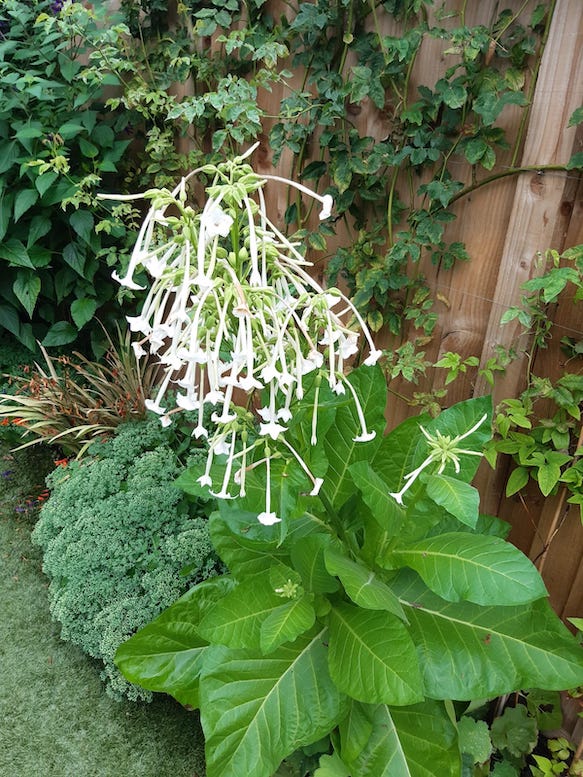
Lilium candidum? – it has got to be white: Roman men wanting to win an election – the ‘candidates’ – wore a pure white toga.
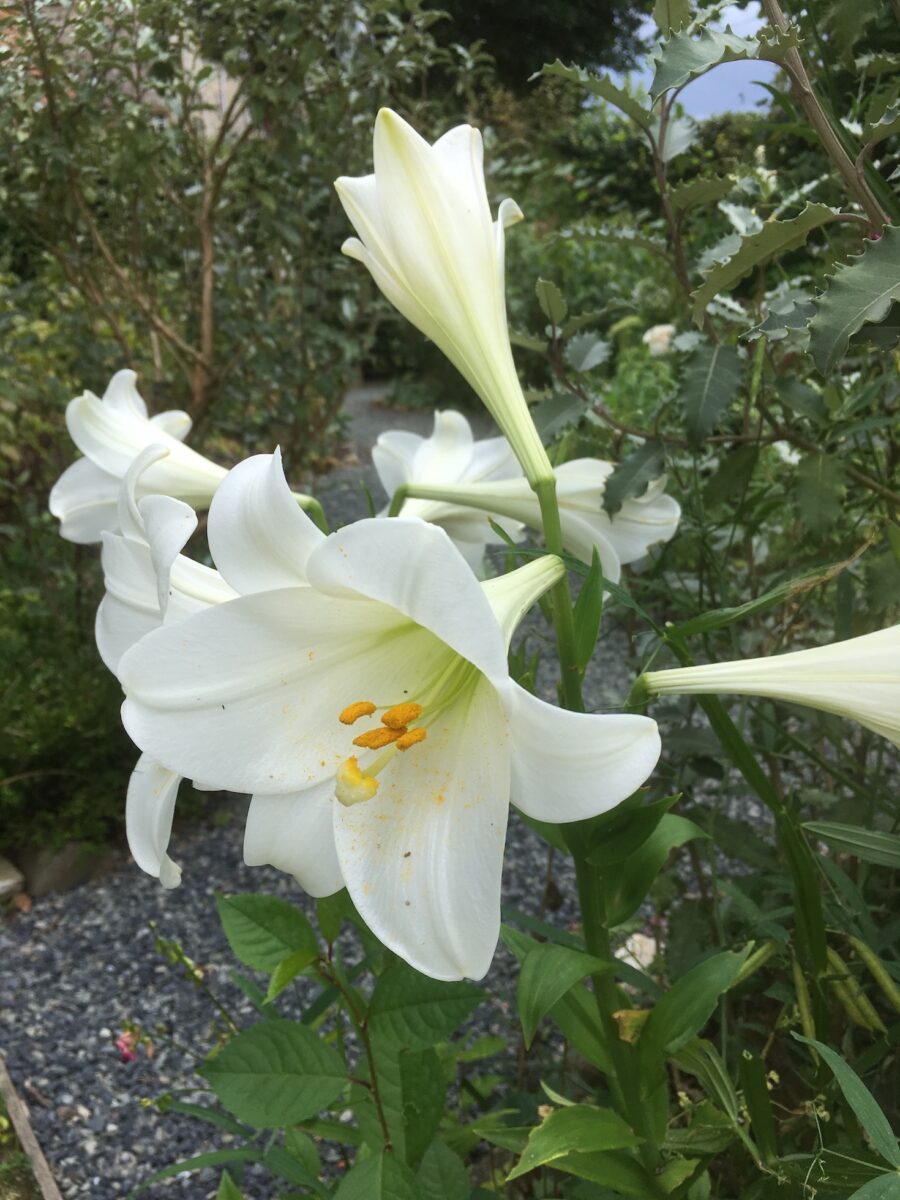
Or how about Laurus nobilis angustifolia? That’s the noble, narrow-leaved bay, but don’t you think it sounds so much lovelier, and indeed nobler, in Latin.
‘Palus’ is Latin for a marsh, so grow anything with ‘palustris’ in its name in a soggy situation, ‘pratensis’ will give you a plant that enjoys a damp meadow-situation, and ‘repens’ – creeping – indicates a low-grower.
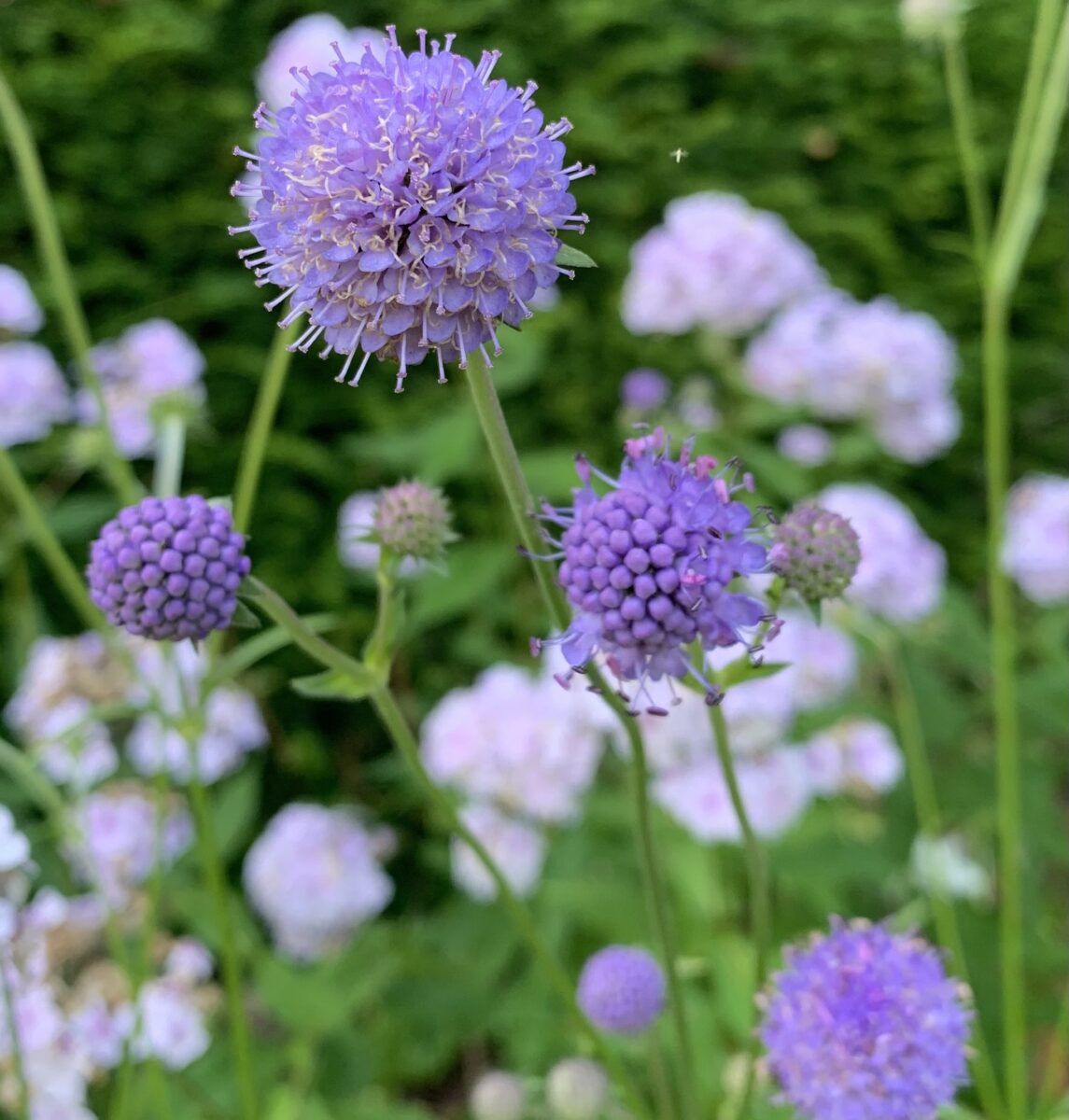
‘Sempervivum tectorum’ literally means ‘always-alive-of-the-roofs’ – a perfect place to grow this attractive houseleek. Though I have to admit I rather like the common name of this type of succulent – “hen and chicks”- Doesn’t that conjure up the sweet way a mother plant gets little baby plants nestling under its skirts!
Foxgloves are Digitalis – ‘digitus’ is the Latin for ‘finger’. Since ‘stella’ means ‘star’, then you know immediately what shape the flowers of Magnolia stellata are likely to be. Isn’t it fun!
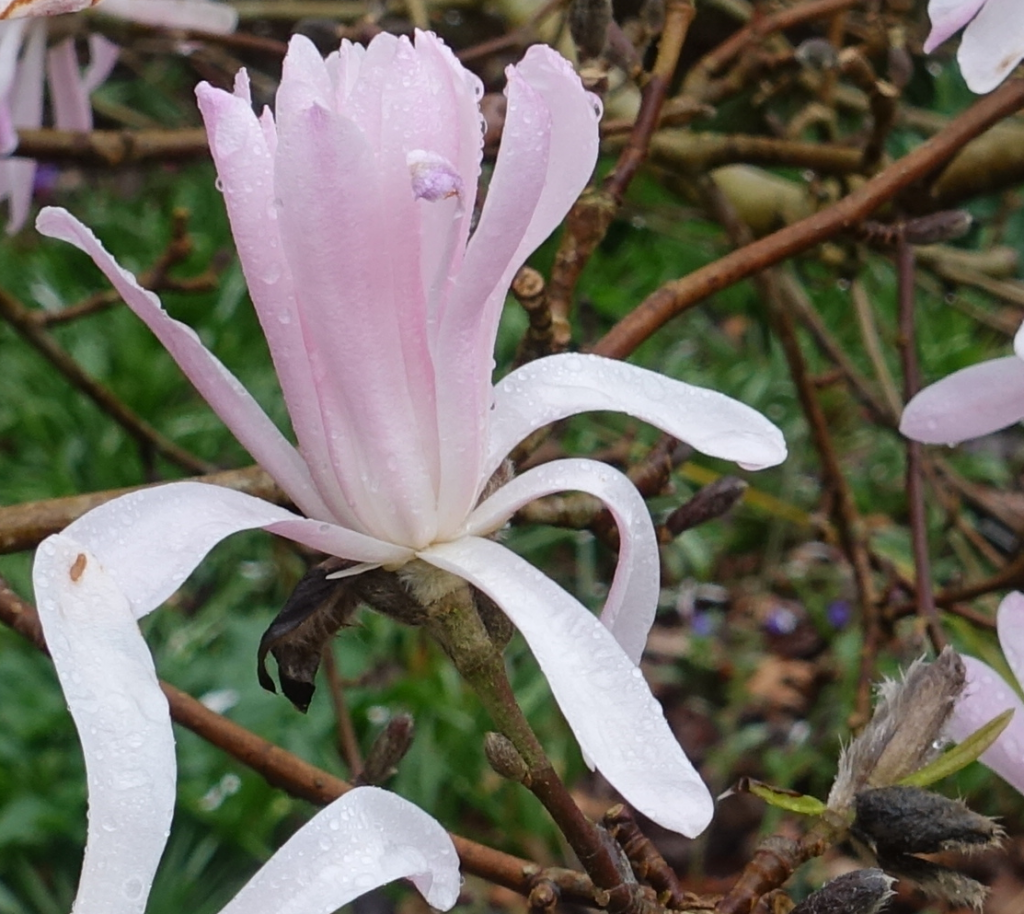
And there’s Ancient Greek as well……Iris was the Greek goddess of the rainbow, for instance. ‘Hemera’ means ‘day’, ‘kalos’ means ‘beautiful’…how long do you think each lovely hemerocallis flower lasts?! All lamentably lost on the youngest in our family, I fear……….
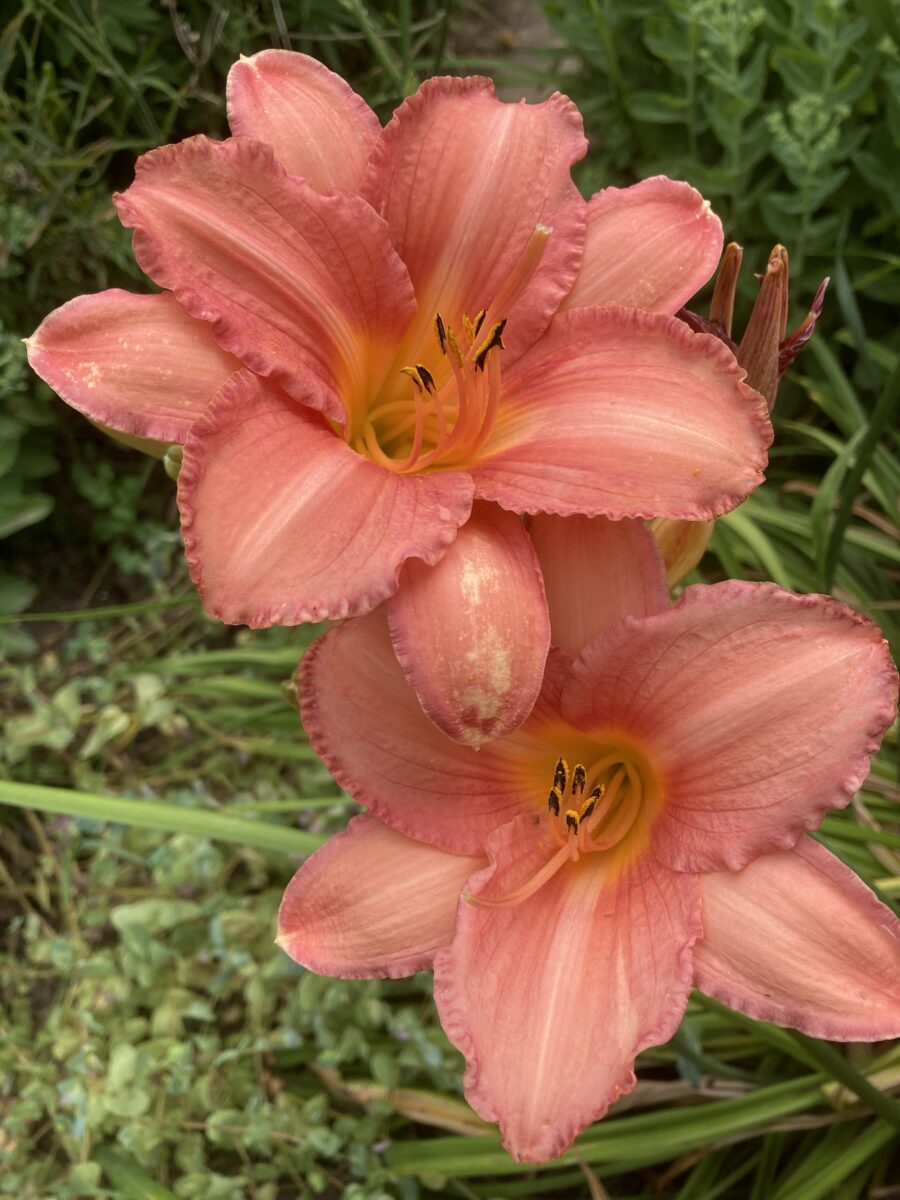

Good heavens – this means nothing to me. Did we really all go to the same school? I feel I was waved through the 11+ on an assumption that the brilliance of my elder sisters, although deeply latent in 11-year-old me, must surely surface soon. Not so far.
When I walk around Laura’s garden, bless her, she contorts herself in an effort to remember a plant’s correct genus, species and cultivar names as though the horticultural death squad have given her just 10 seconds to crack it. I’m actually only interested in knowing if it’s hardy and whether it will fit in my hand luggage.
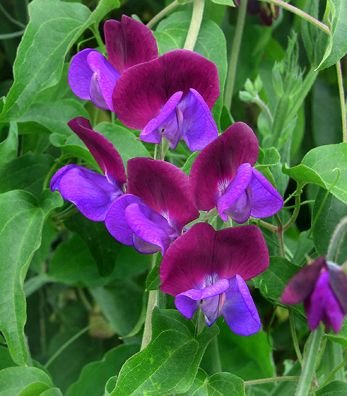
That said even I felt faintly let down by society when I spotted Dobbies selling a ficus-type houseplant labelled simply ‘Foliage, £6’. Although Elaine is undeniably annoying with her Latin intellectualising, even I expect people to know more about their plants beyond ‘foliage’ or ‘flowers’.
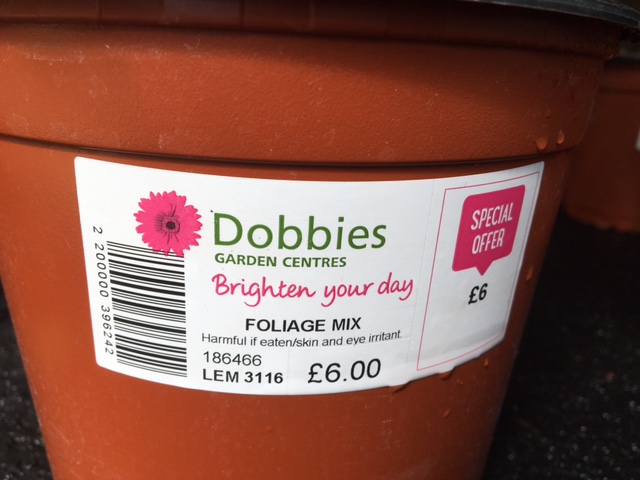
But who am I to complain? My horticultural immaturity is not simply a caricature, it’s real. I found it school-girl funny when Elaine pointed out that my pronunciation of ‘anaphalis’ as ‘ana-phallus’, was incorrect, and when I realised one should apply the intonation in ‘superbum’ on the second syllable, not the much funnier third.
In my world plant-naming, and almost every other challenge, is why God invented iPhones. Double simples!
Do you feel ready to take your plant naming education to the next level? If so (good luck!), click on Laura’s ‘Masterclass’ box below. Sit up straight though – you’ll be tested at the end so you might want to watch the video first!


Louise’s great plant this month is still looking good in November now its in the right spot, and as another plant naming enthusiast there is an added footnote about the Latin meaning of its name. Click on the box below to find out what it is.
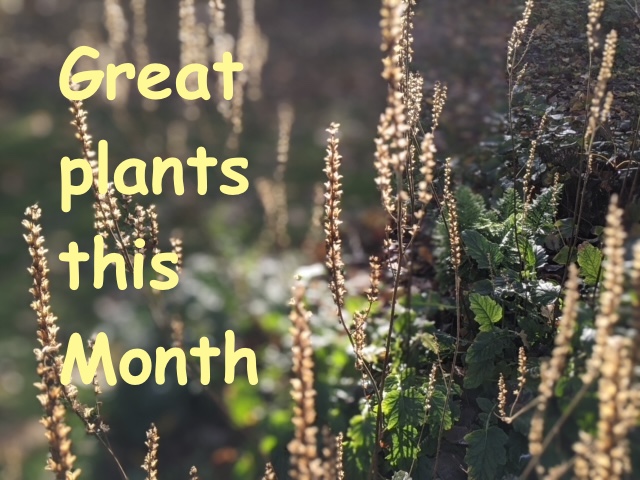
NB If you’re not already a subscriber and you’d like a bit more gardening chitchat from the3growbags, please type your email address here and we’ll send you a new post every Saturday morning.
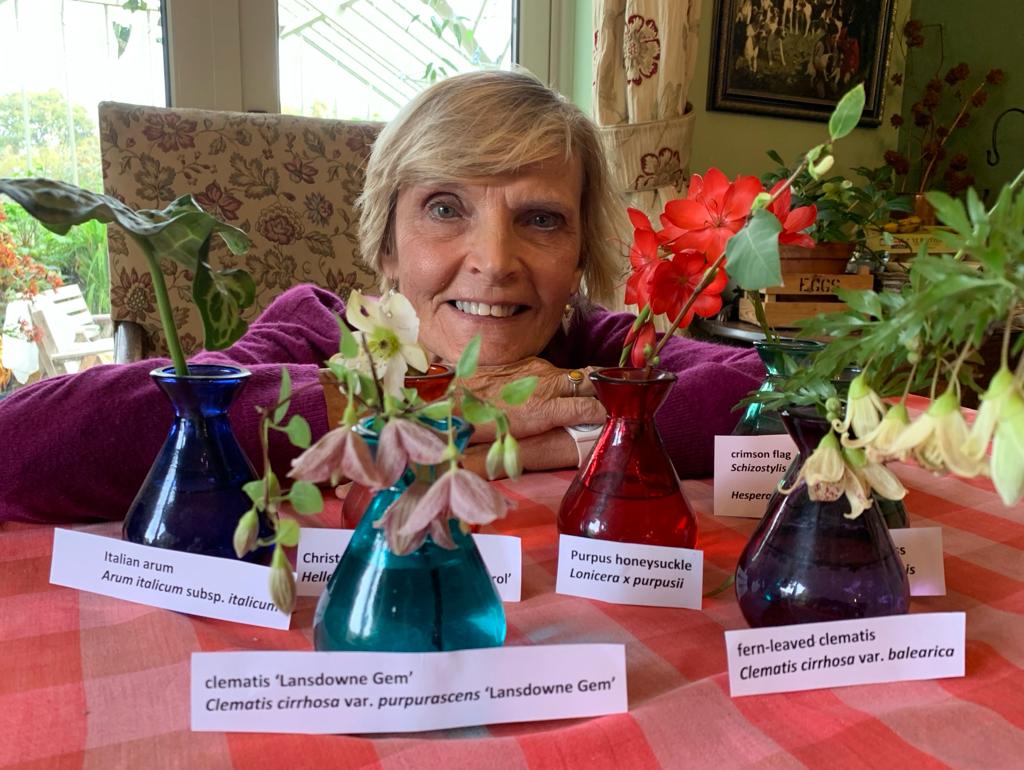
2 replies on “Are you naming your plants correctly?”
Anaphalis prononciation brought back memories of me and ‘Coton-Easter’….in my defence had only seen cotoneaster written down…?
Not a single one of us that hasn’t pronounced it like that the first time we said it Belinda! Caroline here and I was going to refer to it in my section, such a horticultural banana skin waiting to catch new gardeners! Thank you for adding it.